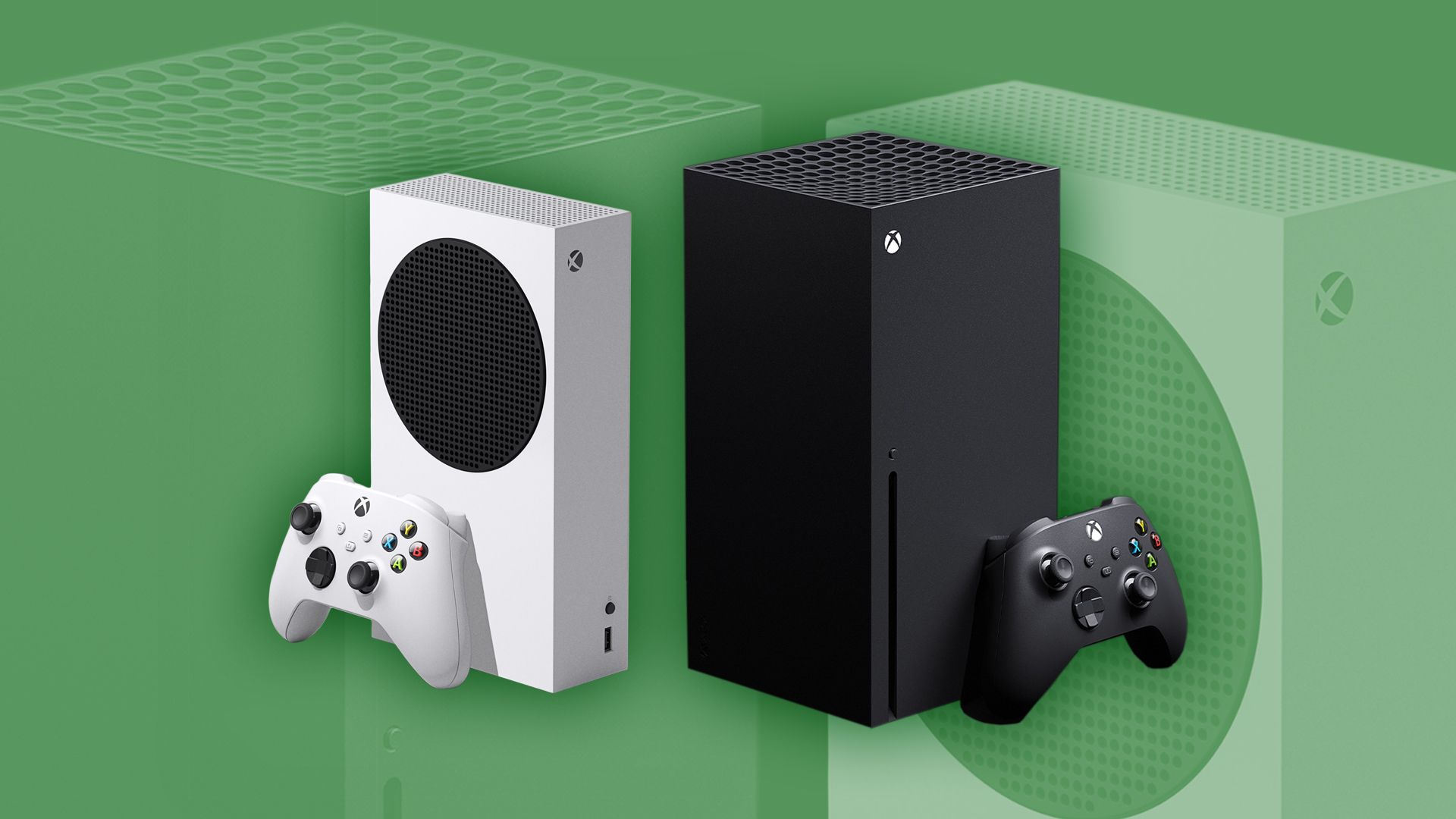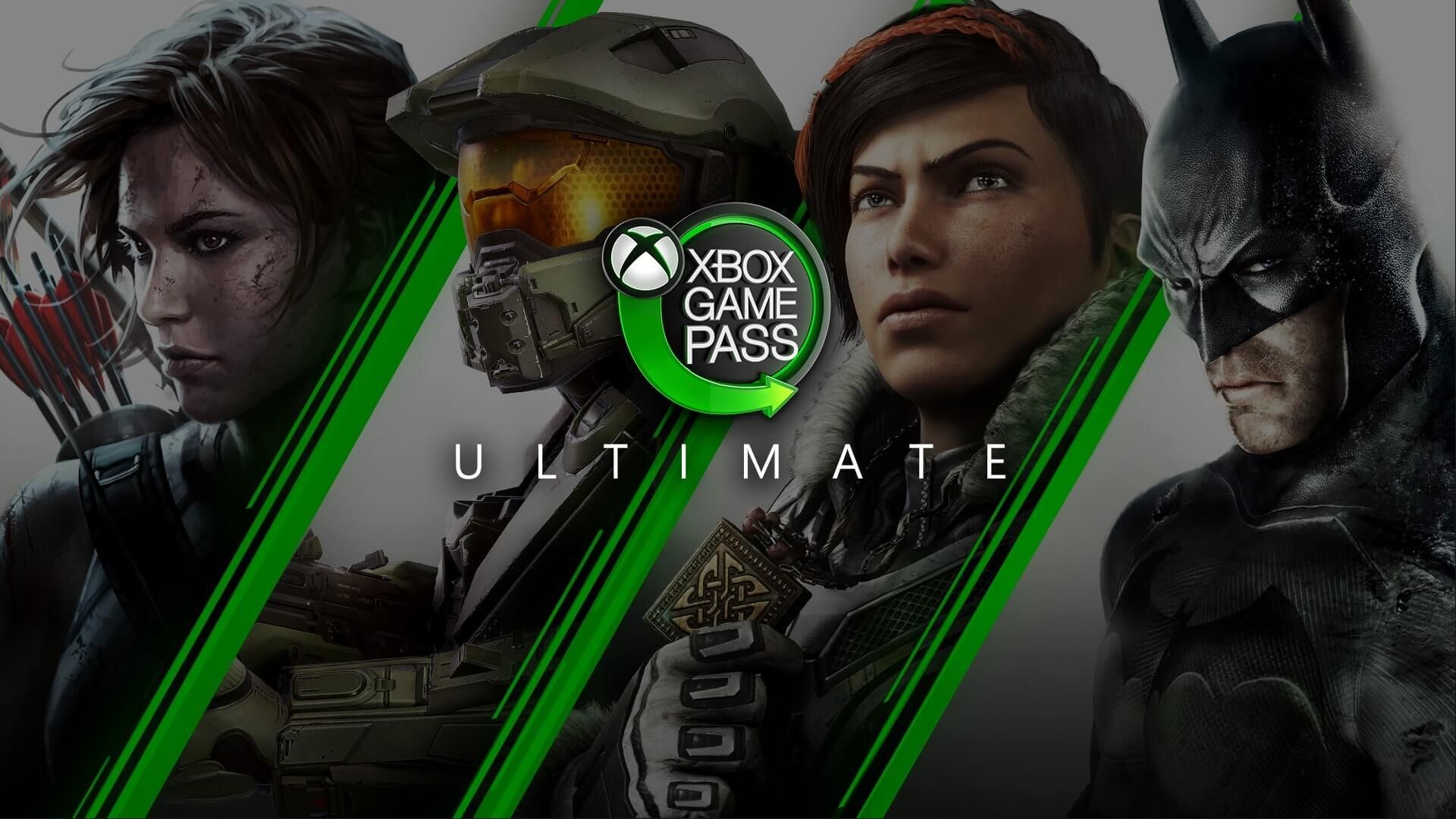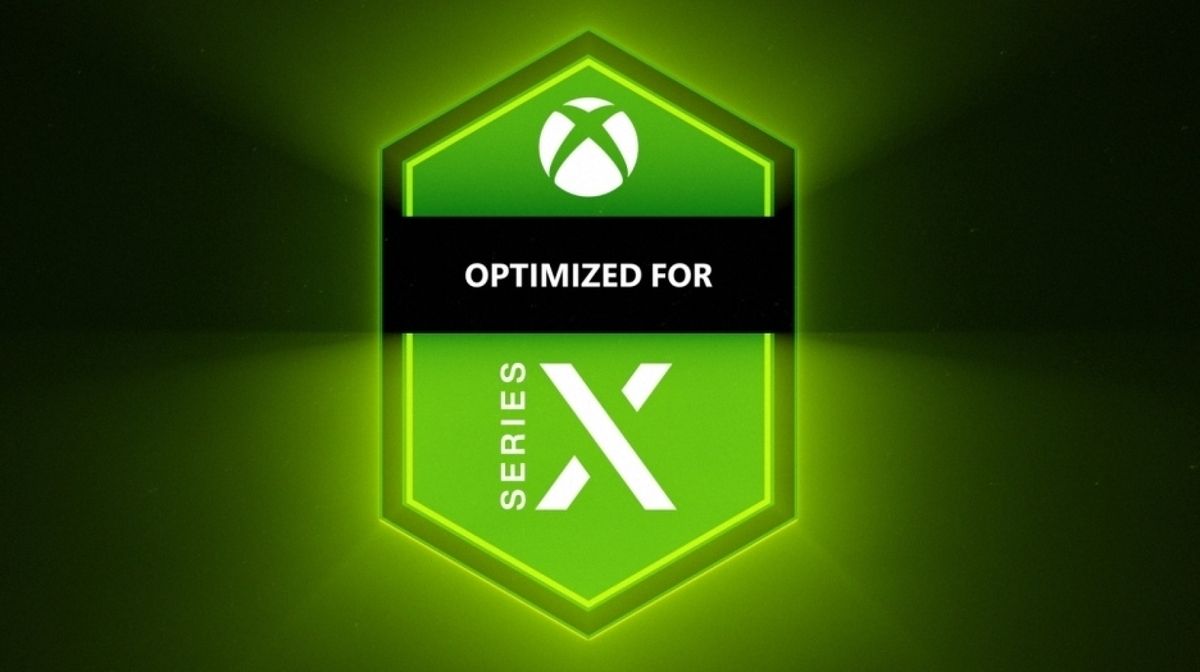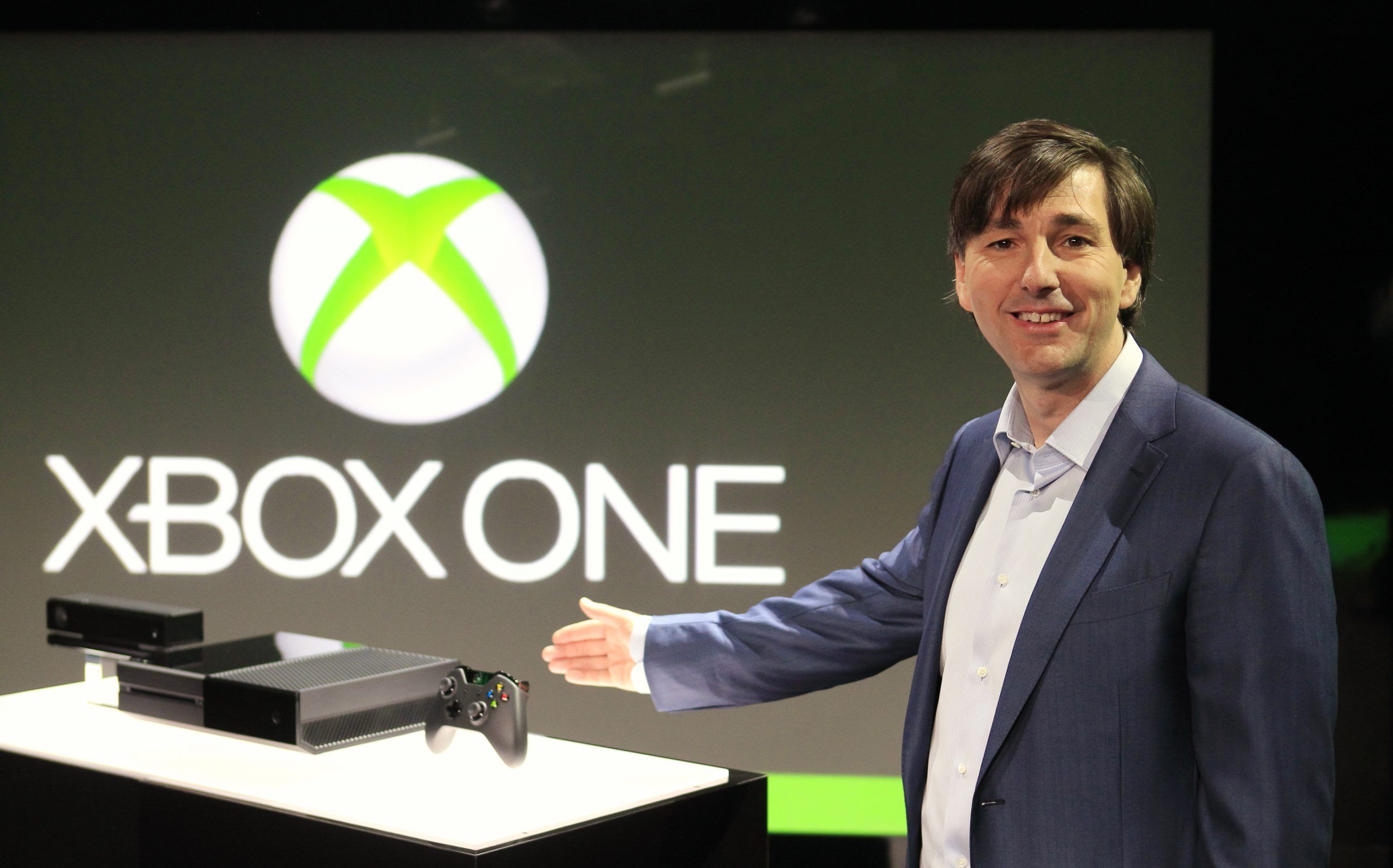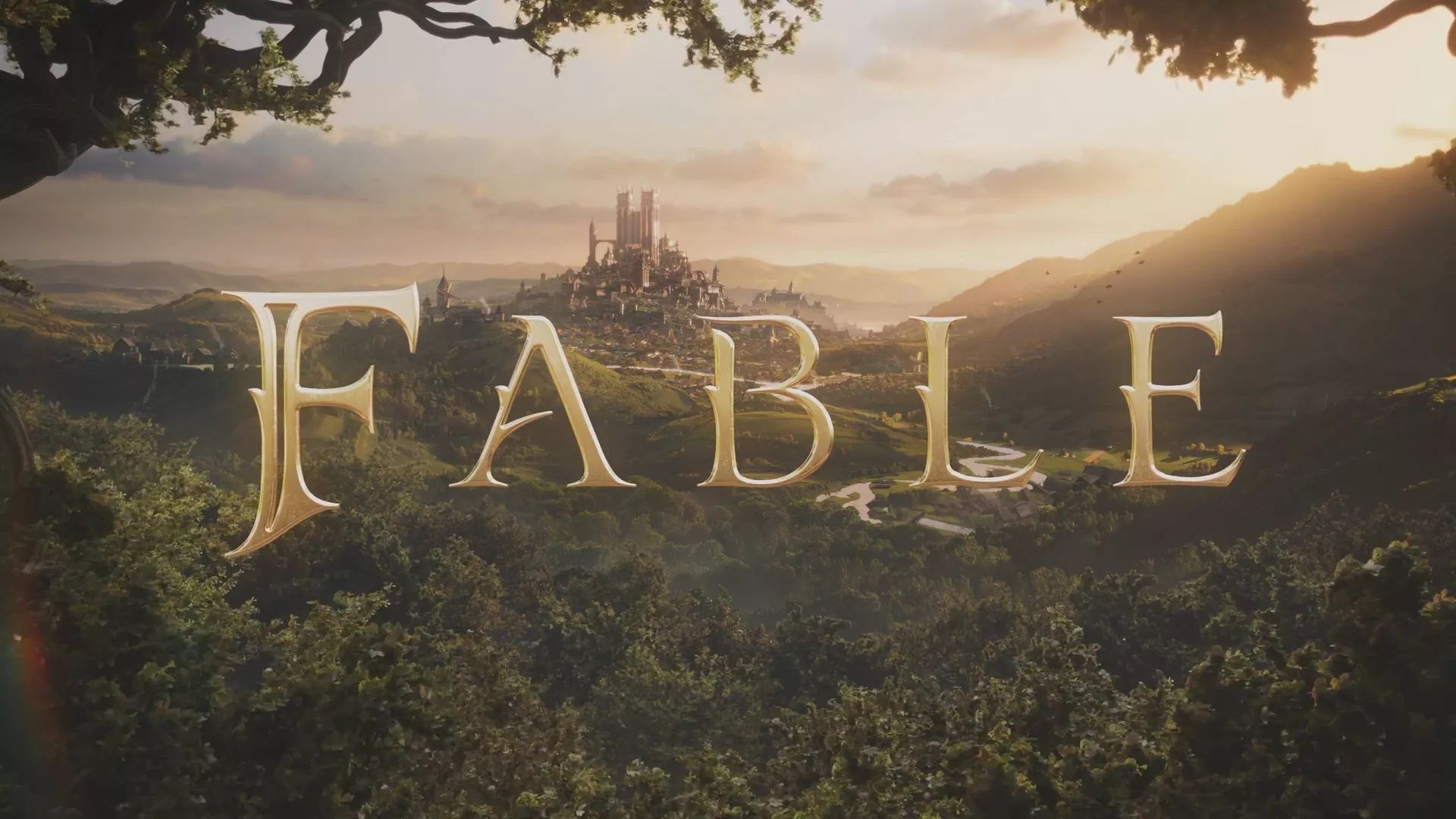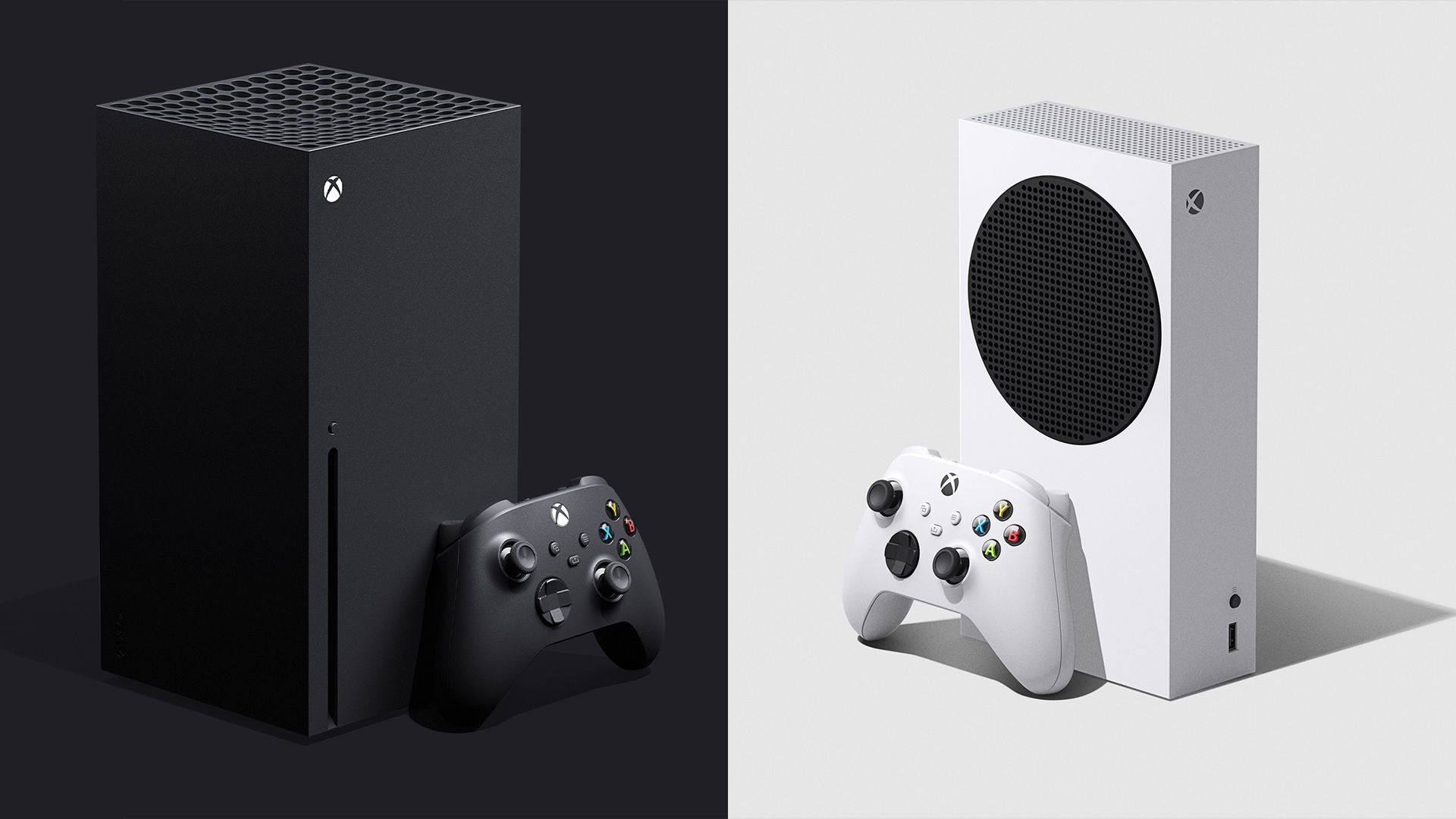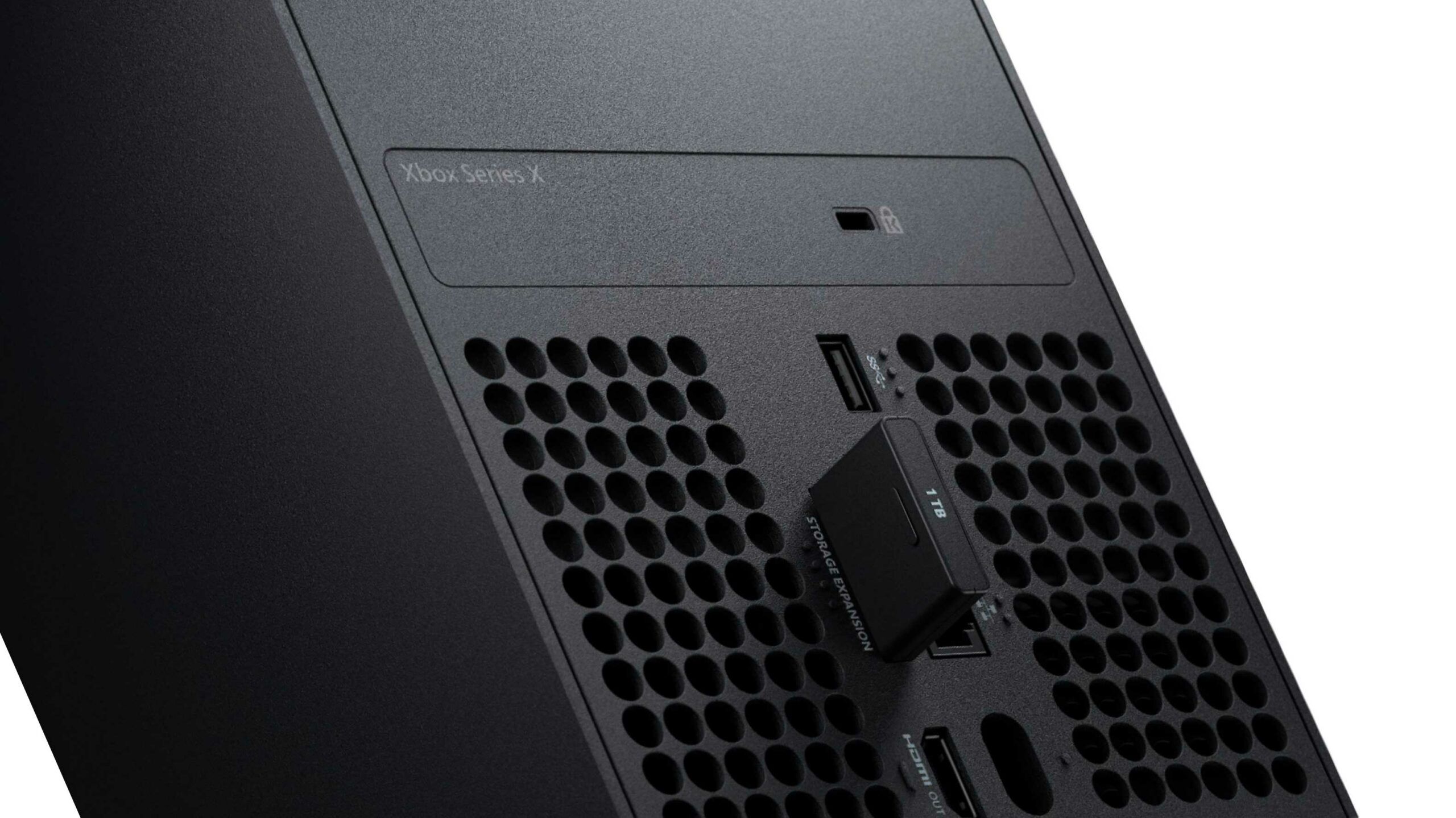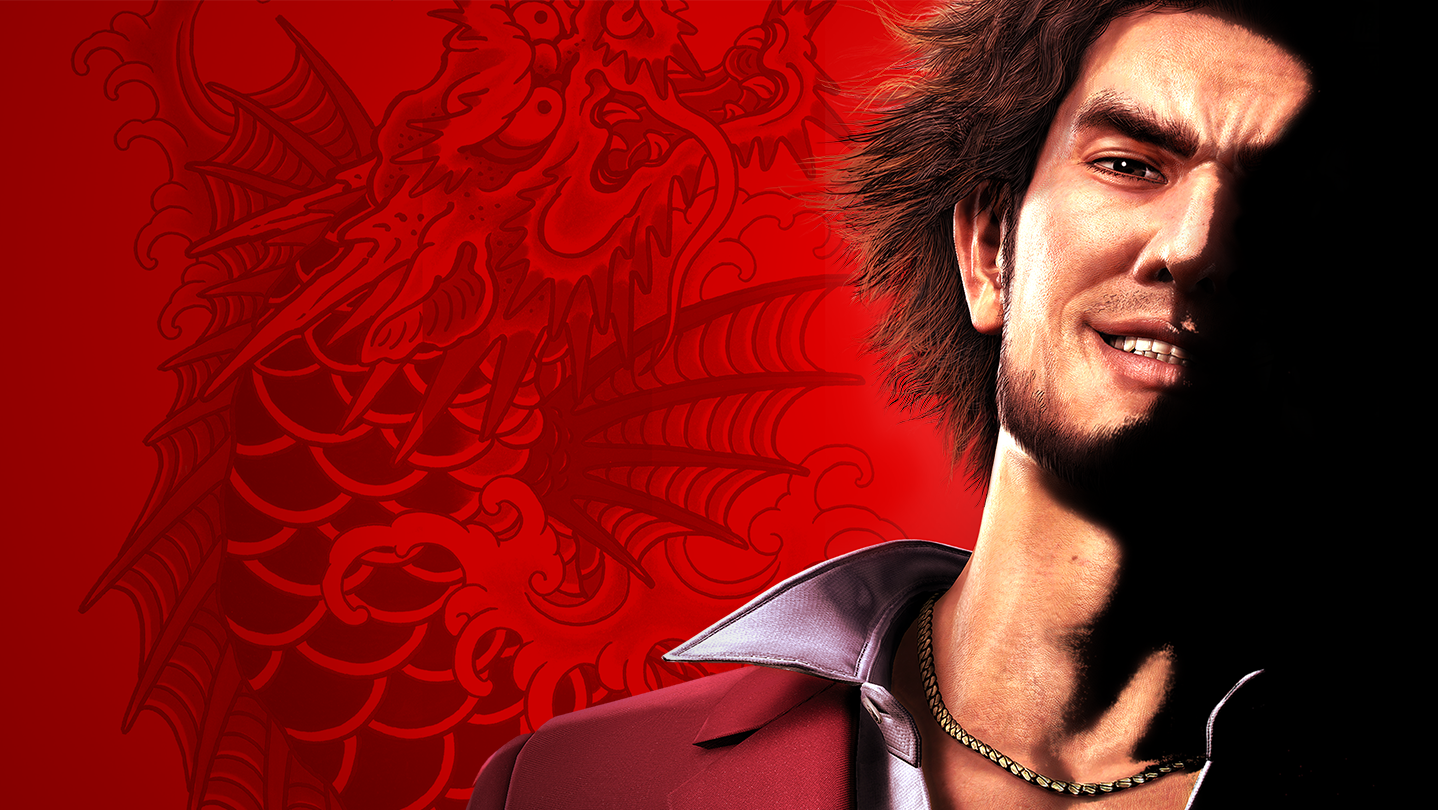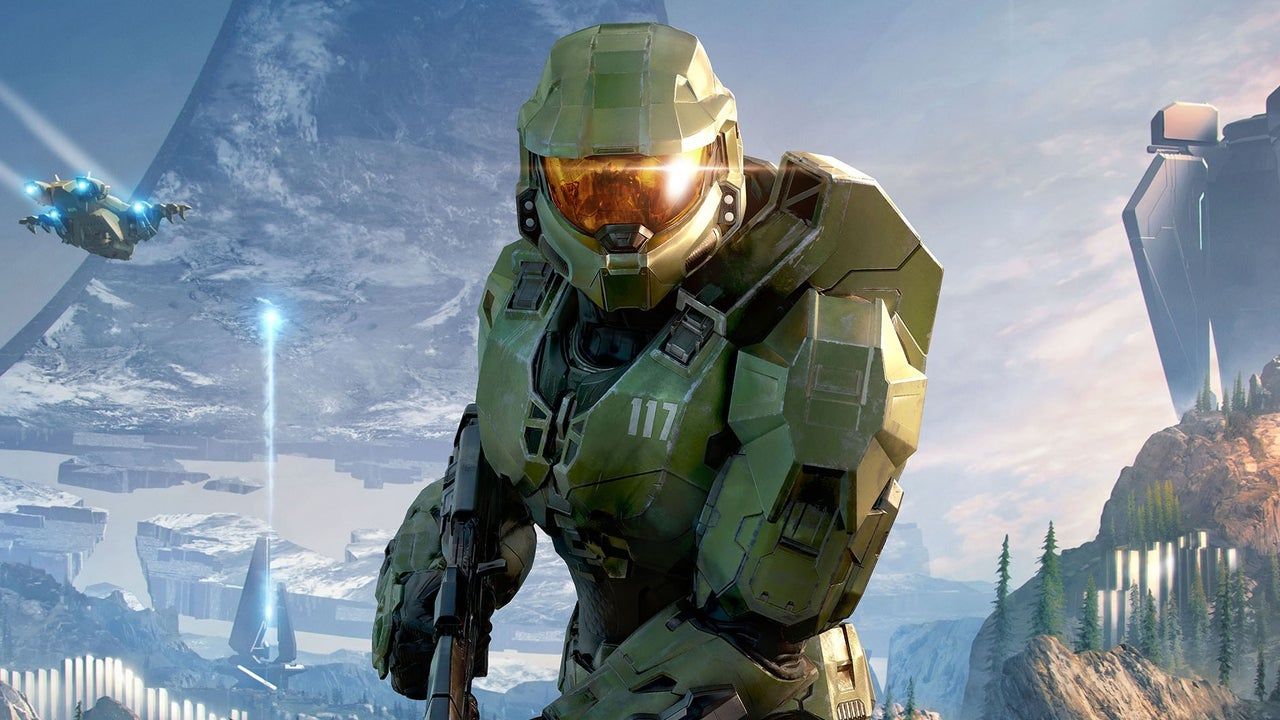In a month from now, the long wait for the beginning of the next generation will finally be over, and we'll have Microsoft and Sony's new systems in our hands with the Xbox Series X/Series S and PS5. Over the course of the past year, we've learned a lot about both systems and what they'll offer in terms of games, hardware, technical capabilities, and more. Ultimately though, the upcoming debut of the next-gen systems brings a new level of excitement to the possibilities of what games we'll be able to play in the coming years.
With the next-gen consoles set to arrive this November, we wanted to take an overhead look at Microsoft's release plans and strategies with the Xbox Series X and Series S, and highlight the biggest strengths and weaknesses that we see in the systems so far. Alongside Microsoft's next-gen consoles, you can also take a look at our breakdown of what Sony is offering with the PS5 and its own pros and cons.
Xbox Series X and Series S — Five Biggest PROS
The Tech
Right from the beginning, Microsoft has touted the technical prowess of its next-gen hardware ever since the Series X was first known as Project Scarlett. With the system around the corner and the official tech specs revealed, Microsoft has backed up its claims that the Series X is the most powerful Xbox console to date, and is certainly a worthy rival to Sony's PS5.
Like the PS5, the most notable new features that the Xbox Series X introduces are aimed primarily at improving performance through its high-speed solid state drive, which drastically will reduce loading times for most games. Additionally, the Series X will also offer high-end visual performance for games such as 4K resolution and improved framerates, ray tracing, and HDR support, alongside enhancements for backward compatible titles across the past three Xbox generations.
The Series S is notably less powerful than the Series S, but by and large, will still have the heft of next-gen performance behind it at a much lower price point. From its official specs, the Series S will feature similar hardware as the Series X but scaled down to 1440p resolution performance, alongside the lack of a disc drive to exclusively play digital games. However, the Series S seems tailored for those that want to make the leap to next-gen without fully committing to the higher costs, making its $299 price a more affordable entry point.
Xbox Game Pass and xCloud
Microsoft has gone to great strides over the past generation towards a more consumer-first approach with Xbox, and arguably one of its biggest success stories in this generation has been Xbox Game Pass. The subscription service has proven to be both a tremendous value to Xbox console owners while also enhancing Microsoft's userbase by providing a monthly selection of titles for a low monthly cost, along with showcasing its exclusive games and upcoming new releases on the service.
Over the past few years, Game Pass has been at the front and center of Microsoft's strategy towards making Xbox a more accessible and value-driven experience for subscribers, whether they're playing on an Xbox console or PC. With the Xbox Series X and Series S, Microsoft only seems to be doubling down on the success of Game Pass, and it is already one of the biggest selling points for the platform heading into the next generation. This is especially combined with xCloud, which has now released and will be included for free to Xbox Game Pass Ultimate subscribers to stream their games to a smartphone, tablet, or computer.
Smart Delivery and Backward Compatibility
Alongside the ease of access to games that Microsoft has offered on Xbox through backwards compatibility and Game Pass, one of the key features it has been pushing in the transition to next-gen has been Smart Delivery. Essentially, Smart Delivery is Microsoft's way of ensuring that no matter which platform you play a next-gen title on--Xbox One, Series X/Series S, or PC--you will have the most optimized, best-performing version of that title on your preferred platform.
While Sony has emphasized that most titles coming to the PS5 will offer some form of upgrade for cross-gen titles, Microsoft's implementation of Smart Delivery provides a clearer, more streamlined approach to playing games that are straddling the line between generations and platforms, especially with some confusing messaging in the mix on next-gen game upgrades.
Building off its initiatives with the Xbox One, Microsoft is also continuing to lean into making backward compatibility a focus of the Xbox Series X and Series S so that users can bring their library of Xbox games with them into next-gen. With the implementation of enhanced performance such as higher resolution and framerates, the substantial amount of games from the Xbox, Xbox 360, and Xbox One libraries that will carry over into the next generation is another plus for existing Xbox console owners.
The Price
Early last month, Microsoft finally ended its standoff with Sony by revealing the price and release date for both the Series X and Series S, which will both be coming on November 10, 2020 at $499 and $299, respectively. The $499 price point of the Series X puts Microsoft's high-end system at parity with Sony's PS5, which is launching at $499 for the standard edition and $399 for the Digital Edition, which excludes a disc drive.
However, the most enticing offer from Microsoft is likely the Xbox Series S, which is $100 cheaper than the PS5 Digital Edition and in a prime position as the most affordable next-gen option this holiday season. While the Series S notably doesn't have the same performance capabilities as the Series X or the PS5, there's no denying that its lower price point is likely to work in Microsoft's favor against its higher-end counterparts.
Learning from Xbox One's Mistakes
The reveal of the Xbox One back in 2013 was easily a moment that Xbox and Microsoft have had to work their way back from over the course of the generation, and they've certainly come a long way since then. From its high price point, to its reliance on Kinect and emphasis on online connectivity, the Xbox One's initial reception was met with a harsh reaction, and Microsoft has drastically changed its approach over the past seven years, largely for the better.
In a way, with the mistakes that Microsoft made in 2013, the Xbox One walked so that the Series X and Series S could run. The company shifted gears to make more consumer-friendly choices like focusing its efforts on backward compatibility and Game Pass, adding more value to the experiences that Xbox owners can have with their consoles. Though Xbox trailed behind PlayStation this past generation, it's easy to see how the Xbox One's faults have pushed the company forward to the position that it is in now with the launch of the Series X and Series S, and how far they have come since 2013.
Xbox Series X and Series S — Five Biggest CONS
A (Potentially) Long Wait for Exclusives
During the summer, Microsoft finally gave us a look at some of the first-party titles on the horizon for its next-gen platforms following a series of studio acquisitions over the past few years. With one of the biggest criticisms of the past generation being that Xbox One lacked compelling first-party exclusives, Microsoft has made it clear that it wants to course correct with the exclusive offerings on Series X and Series S. To date, some of the titles we know that are on the horizon for the new systems include Avowed from Obsidian Entertainment, Senua's Saga: Hellblade 2 from Ninja Theory, a new take on the Fable series from Playground Games, and many more.
However, what isn't clear just yet is how long the wait will be for those titles, with several of them likely at least a year or two away from release. Alongside the delay of Halo Infinite from this year to sometime in 2021, Xbox Series X and Series S will seemingly be light on exclusives to look forward to in the immediate future, with no clear sign yet of when this boon of first-party releases will begin.
The Size
There's no denying that both of the new next-gen consoles are quite big: "thicc" as the kids might say. Compared to their last-gen predecessors, both Microsoft and Sony's new consoles are pretty hefty and some of the largest consoles in recent memory, and if you haven't already, it might be worth considering an upgrade to your entertainment center to house them.
The Xbox Series X measures at almost 6 inches wide and deep, and is just under 12 inches tall, and opts for a shorter, thicker design than the PS5, which is quite large itself. However, by comparison, the Xbox Series S is much smaller in design than its sibling console and is one of the smallest Xbox consoles to date, making for a much easier fit in a crowded entertainment cabinet.
Expandable Storage
As revealed last month, both the Xbox Series X and Series S will have the option for players to expand the storage space of the console's beyond their built-in SSD with a 1TB storage drive that plugs into the back of the system. Compared to the (slightly) more complicated process of opening the systems up and installing a larger drive, Microsoft is definitely presenting a more consumer-friendly option that lets you simply plug the expandable drive into the system like you would with a flash drive.
However, the real crux of the expandable storage for the Series X and Series S is its price, and the fact that they are proprietary drives meant solely for the new Xbox consoles. The 1TB drive is priced at $219.99, which puts the expandable storage at over 2/3 the cost of the Xbox Series S itself and nearly half of the Xbox Series X's price. Though there are other options that players will have to utilize expandable storage for both the Series X and Series S, the official drives for the systems are likely the simplest option, but come with a high price tag.
The Launch Line-up
For most new consoles at the start of a generation, the launch lineups tend to be more of a mixed bag with games that are between generations or exclusives that don't (yet) tap into the full potential of the console. For Microsoft especially, the launch line-up of the Xbox Series X and Series S has a roster of notable upcoming games for this fall like Assassin's Creed Valhalla, Yakuza: Like a Dragon, and more, but little in the way of exclusives that might entice potential buyers that they can only get on Xbox.
By and large, the majority of the Series X and Series S launch games are third-party titles that will also be available on the PS5 or PC (or even last-gen consoles), making the absence of notable first-party releases that much more glaring for Microsoft's new consoles. Granted, there are definitely other benefits worth weighing like Game Pass and the lineup of backward compatible titles, but those wanting brand new next-gen experiences may be left wanting by what the Series X and Series S will have at launch.
Halo Infinite's Delay
The loss of Halo Infinite was a pretty big blow heading into the launch of the Xbox Series X and Series S, as the title was originally planned to release alongside the new console this holiday season as its marquee launch title. However, after its showcase in July that led to an underwhelming fan response (alongside some reported behind-the-scenes development obstacles), Halo Infinite was pushed back by 343 Industries to release sometime in 2021.
While there are still several titles arriving as part of the launch lineup for Xbox Series X and Series S, the lack of a major release from Microsoft's first-party studios is surely a hit, with the system having to rely on third-party releases and Game Pass to carry it through launch. Though Halo Infinite is coming sometime in the future, its delay out of the system's launch is surely disappointing for those that were hoping to play it this holiday, and undeniably creates a large gap in Microsoft's launch plans.
The Xbox Series X and Series will both be releasing on November 10, 2020 for $499 and $299, respectively. For more on the systems, you can check out our "Everything You Need to Know" Xbox Series X/Series S guide heading into launch.

